
In today's world, where artificial intelligence encompasses all aspects of our lives, urban infrastructures and water distribution networks are no exception!
Efficient management of municipal water systems is crucial in addressing urban water scarcity and ensuring sustainable development. Urban areas face complex challenges in water resources management due to limited water availability and growing demand. Studies have shown that conventional methods estimating scarcity based solely on local renewable water flows classify 47% of the U.S. population as at risk for water scarcity, which highlights the importance of urban water management by integrating infrastructure, novel approaches, and resource flows to address both abundance and vulnerability effectively (Padowski and Jawitz, 2012). Water loss through Leakage in Distribution Networks remains a significant global issue despite advancements. High levels of non-revenue water result in lost revenue and increased operational costs, which necessitates the financial and operational efficiency of water utilities (Dighade et al., 2014). Leakage control conserves water and reduces energy consumption and greenhouse emissions, which contributes to sustainable urban development (Xu et al., 2014). This article explores AI-driven solutions for leak detection in municipal water systems to minimize water losses and enhance the resilience of urban water systems.
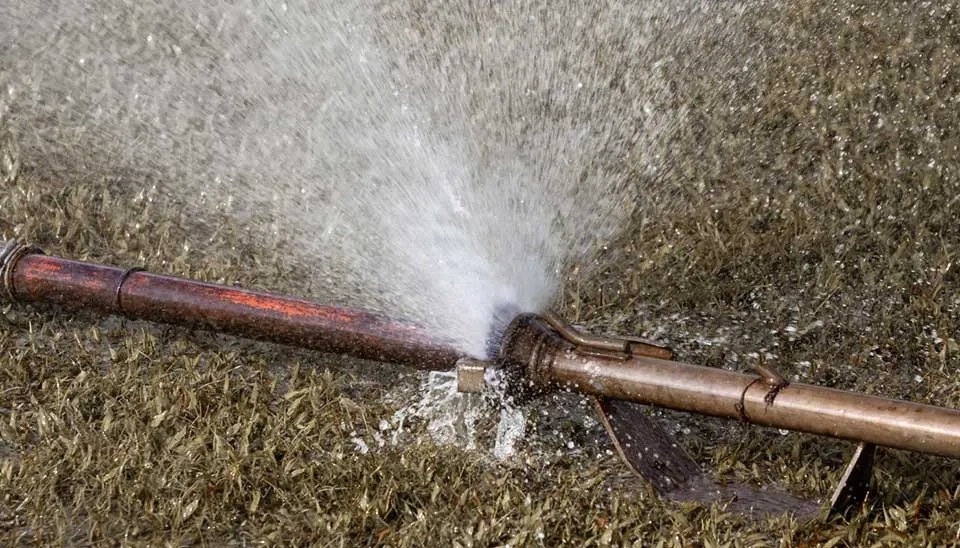
Table 1. AI-Driven Solutions for Leak Detection | AI-Driven Solutions for Leak Detection in Water Distribution Networks
AI-Driven Solutions | Strengths and Accuracy | Algorithms |
AI in Acoustic Leak Detection | Over 90% accuracy in classifying leakage/no-leakage sounds; 92.44% accuracy in detecting leaks and pipeline cracks using CNNs | Deep Neural Networks, LSTM-GANs, Convolutional Neural Networks (CNN) |
AI in Vibration Signal Analysis | Up to 95% accuracy in leak detection using various ML algorithms; 99.79% accuracy with XGBoost for vibration signals | Support Vector Machines (SVM), Decision Trees, K-Nearest Neighbor (KNN), XGBoost |
AI in Noise Loggers | Up to 100% accuracy in metal and non-metal pipes; improved detection in ambient noise conditions | Discrete Wavelet Transform, SVM, Artificial Neural Networks (ANN), Decision Trees, KNN |
AI in Hydrophones | 90-95% accuracy in leak classification; high detection rates with minimal false alarms | Random Forest, Support Vector Machines (SVM), AdaBoost |
AI in Wireless Sensor Networks | High accuracy in leak detection; optimized energy usage and prolonged system lifespan | Intrinsic Mode Function, Approximate Entropy, Principal Component Analysis, SVM |
AI in Fiber Optic Sensors | Over 94% accuracy in defect detection (supervised learning); 71% accuracy (unsupervised learning); effective leak localization | Supervised Neural Networks, Unsupervised Neural Networks, Distributed Acoustic Sensing Systems |
Flow and Pressure Monitoring with AI | Up to 97% precision in leak detection; 96% localization accuracy; 92% volume estimation | K-Nearest Neighbors (KNN), CNN, Artificial Neural Networks (ANN), Logistic Regression, Random Forest, Wavelet Transform |
Ground Penetrating Radar with AI | High accuracy with unsupervised learning (DBSCAN); effective defect severity assessment with YOLOv5 and cGANs | DBSCAN, YOLOv5, Conditional GANs (cGANs), Perceptron Neural Networks |
Thermal Imaging and Infrared Thermography with AI | 95.2% accuracy for leaks up to 750 mm underground; enhanced detection and prediction capabilities | Convolutional Neural Networks (CNNs), Long Short-Term Memory (LSTM), Hybrid Machine Learning Models |
Smart Meters and IoT-based Sensors with AI | Real-time leak detection; efficient and cost-effective solutions; improved water management | Machine Learning Models |
1. Acoustic Leak Detection
Acoustic leak detection is an effective method for identifying leaks in water pipelines by capturing and analyzing sound signals generated by leak-induced disturbances. These acoustic signals are caused by interactions between cavitation and turbulence at the leak site and produce vibrations that propagate through the water and the pipe walls. Devices such as noise loggers, ground microphones, hydrophones, and accelerometers are commonly used to collect these signals. The collected data is processed using techniques like time-domain, frequency-domain, and time-frequency analysis to extract features that differentiate leak sounds from background noise. Detection methods evaluate the processed signals to confirm the presence of leaks (Fan et al., 2022).

1.1. AI in Acoustic Leak Detection
Acoustic methods for detecting leaks in water distribution networks have evolved significantly with the integration of AI, which offers precise and efficient solutions to tackle non-revenue water. Traditional manual acoustic listening methods are labor-intensive, skill-dependent, and prone to inaccuracies due to operator fatigue or inexperience, while they are effective in pinpointing leaks. AI-based solutions for leak detection in municipal water systems enhance these processes by automating and systematizing acoustic data analysis. For example, deep learning techniques such as Deep Neural Networks demonstrate over 90% accuracy in classifying leakage and no-leakage sounds. These solutions enable even novice operators to match the performance of experienced professionals (Vanijjirattikhan et al., 2022). Innovations and deep learning algorithms like Long Short-Term Memory Generative Adversarial Networks (LSTM-GANs) further address the challenges of data scarcity by generating synthetic acoustic signals that enrich datasets and improve the robustness of detection models (Liu et al., 2024). Moreover, the deployment of Convolutional Neural Network (CNN)-based models in smart water networks has shown significant success in classifying anomalies in acoustic wave files and achieving an impressive 92.44% accuracy in detecting leaks and pipeline cracks in real-world scenarios (Zhang et al., 2022).
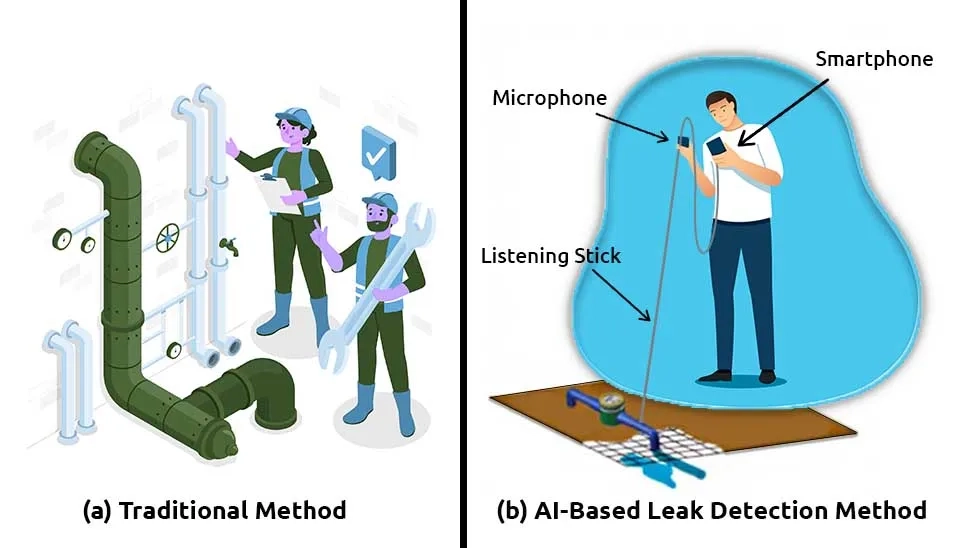
1.2. AI in Vibration Signal Analysis
Recent advancements in the use of vibration signals, combined with artificial intelligence have revolutionized acoustic leak detection and enable more accurate and reliable detection of leaks. Vibration signals, which are captured through sensors such as piezoelectric accelerometers, are instrumental in identifying the unique characteristics of leaks. These sensors are highly sensitive to the non-stationary nature of acoustic signals caused by leaks, such as vibrations and sound waves traveling through pipes. Machine learning models have been used to analyze these signals for leak detection by focusing on nonlinear features. Various machine learning algorithms, including support vector machine, decision tree, and K-nearest neighbor, show high potential and effectiveness in analyzing leak-induced vibration signals and reach an accuracy of 95% in leak detection (Yu et al., 2023). Furthermore, AI plays a transformative role in water pipeline leak detection through feature extraction from extensive vibration sensor data collected under diverse leakage conditions. XGBoost, one of the most effective machine learning algorithms, can preprocess these data, recognize anomalies and patterns in data, and achieve an exceptional accuracy of 99.79% in detecting leaks through vibration sensors (Lee and Kim, 2023).
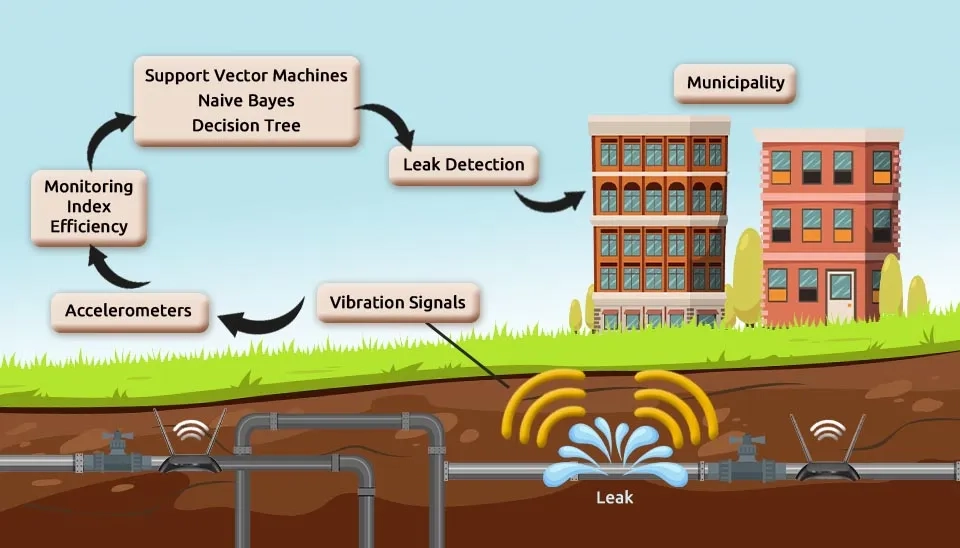
1.3. AI in Noise Loggers
Noise loggers can be used to capture and process acoustic signals in water distribution networks. These devices are designed to continuously monitor acoustic emissions from pipes. These devices face several challenges such as ambient noises and irregular water usage, which often degrade the performance of leak detection. To address these issues, discrete wavelet transform can be employed to de-noise raw acoustic signals. Features extracted from these de-noised signals were then used to train machine learning models such as decision trees, support vector machines, artificial neural networks, and K-nearest neighbors. Models trained on de-noised data significantly outperform those based on raw data and achieve up to 100% accuracy for metal and non-metal water distribution networks (Tijan et al., 2022). Moreover, machine learning techniques can be combined with acoustic signals emitted from noise loggers to detect leaks in both in-service and buried pipelines. ML algorithms, including Support Vector Machines, Artificial Neural Networks, and Deep Learning, classify these signals into leak and no-leak patterns based on their time and frequency domain features (Fares et al., 2022).
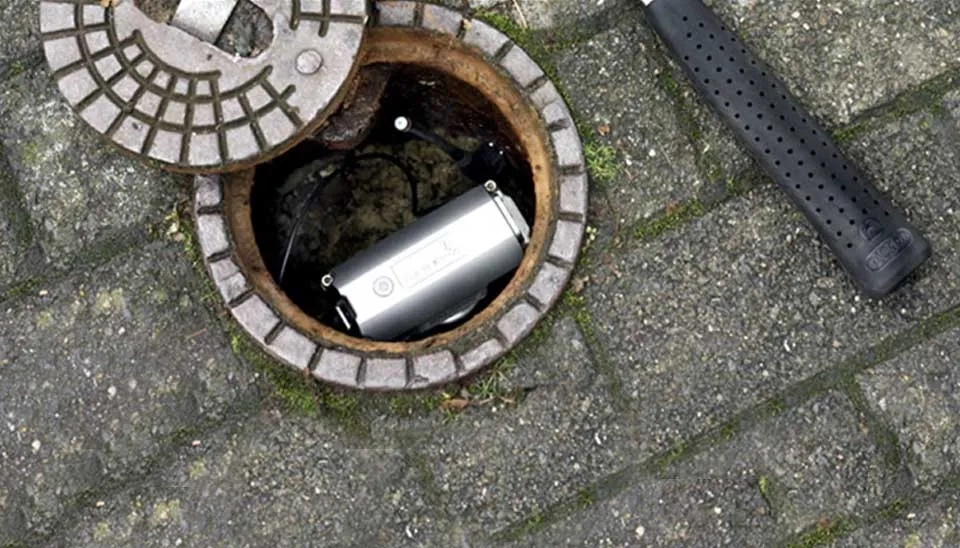
1.4. AI in Hydrophones
Hydrophones are deployed inside valves or attached to hydrants and offer a robust solution for leak detection due to their reduced susceptibility to ambient noise compared to accelerometers and noise loggers Integration of AI with hydrophon data can enhance leak detection accuracy. Ensemble models like Adaboost and Random Forest excel in analyzing hydrophone signals and achieving high detection rates with minimal false alarms by leveraging key features such as peak frequency and maximum amplitude. Despite issues and challenges in deployment and imbalanced datasets, hydrophone-based machine learning systems outperform traditional methods in real-world applications (Bakhtawar et al., 2021). Moreover, Random Forest and Support Vector Machine models show high accuracy for leak detection using hydrophone data collected under controlled conditions. By incorporating outlier analysis of acoustic pressure data, these models can reach accuracies of 95% and 90%, respectively, for leak classification (Mohammed et al., 2024). These results underscore the efficacy of combining hydrophones with machine learning to improve leak detection precision and also reduce non-revenue water losses in water distribution networks.
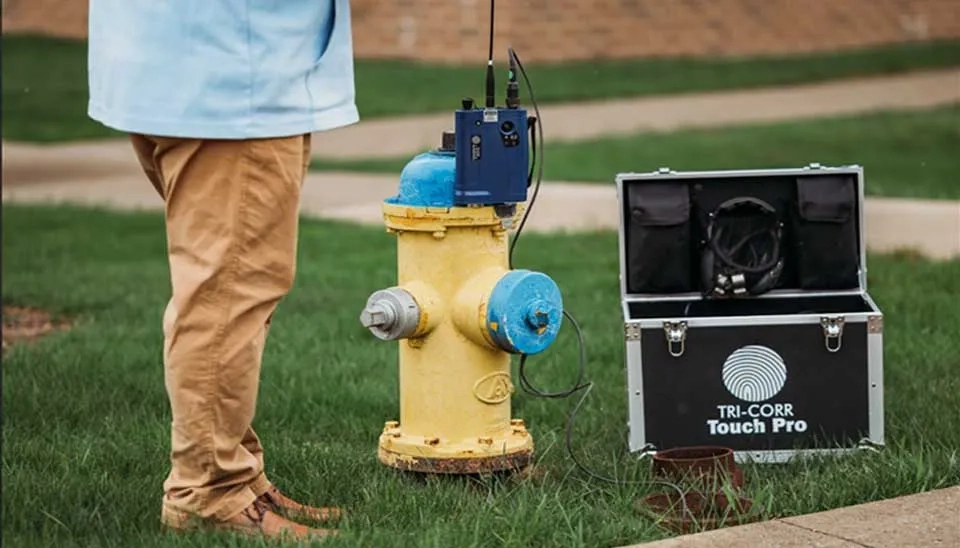
1.5. AI in Wireless Sensor Networks
Wireless Sensor Networks integrated with AI have revolutionized water pipeline leak detection by enhancing precision, efficiency, and energy management. Machine learning-based leakage detection systems leverage wireless sensor networks for data collection and employ ZigBee and 4G networks for remote transmission. The leakage-triggered networking method activates sensors only during potential leak events to optimize energy usage and prolong the system's lifespan. Intrinsic mode function, approximate entropy, and principal component analysis can used to extract critical signal features with a support vector machine as the classifier. Machine learning-based leakage detection systems show high accuracy in identifying leaks and maintain lower energy consumption compared to traditional methods (Liu et al., 2019).
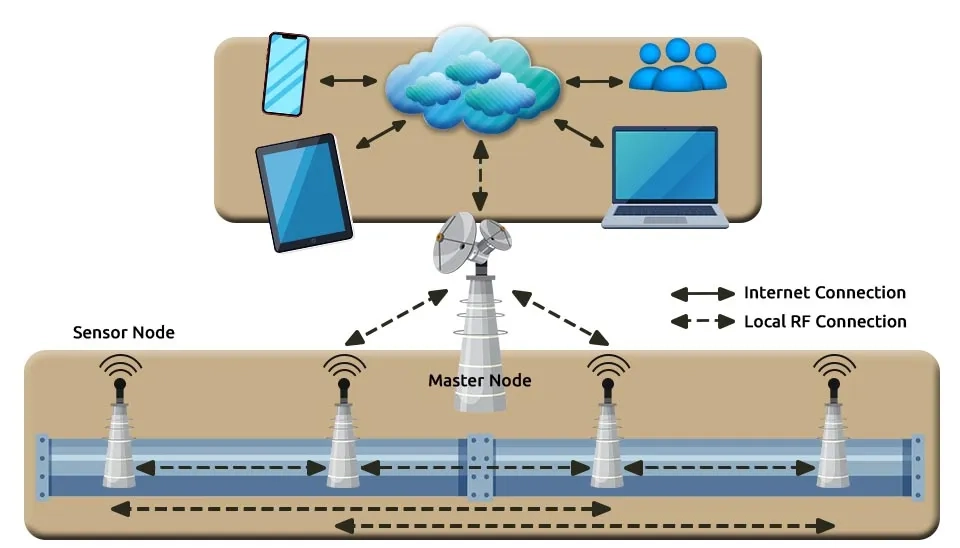
1.6. AI in Fiber Optic Sensors
The integration of AI with fiber optic sensors has advanced leak detection in water distribution and pipeline networks. Intelligent algorithms enable accurate leak localization and severity assessment, even for small leaks as low as 0.027 L/s through fiber-optic cables to measure pipeline vibrations. This innovative approach enhances operational efficiency by prioritizing repairs, reducing water losses, and cost-effectively improving water management (Wu et al., 2024). Moreover, machine learning such as supervised and unsupervised neural networks, analyzes high-resolution acoustic signals to locate pipeline defects and determine their size and shape. They also effectively handle large datasets and identify patterns related to external threats and pipeline corrosion or erosion. Additionally, distributed acoustic sensing systems based on phase-sensitive optical time-domain reflectometry employ machine learning or robust leak detection and pipeline monitoring. These systems demonstrate high performance, with accuracies exceeding 94% for defect identification through supervised learning and 71% through unsupervised learning both small-scale damages and external impact (Peng et al., 2020).

2. Flow and Pressure Monitoring with AI
Flow and pressure monitoring can be enhanced by AI for timely and accurate leak detection in water distribution networks. These systems use smart sensor data and encompass goal setting, data collection, preparation, analysis, and method evaluation. One of the leakage detection methods is the data-driven approach. Data-driven methods, empowered with AI, leverage statistical process control, prediction classification techniques, and clustering algorithms to analyze flow and pressure patterns for identifying leaks (Wan et al., 2022). For example, K-Nearest Neighbors can be used in pressure-based leak detection to classify high-resolution transient pressure data into leaks or non-leak clusters, which enables accurate leak prediction with an overall accuracy of 0.9 under various scenarios (Levinas et al., 2021). Further advancements include the development of a leak-induced vibration model to simulate and analyze leak forces with vibration data. This model combines vibration and pressure analysis and utilizes accelerometers and pressure sensors to localize leaks and estimate leak volumes with high accuracies using an AI-based leak detection algorithm. AI-based leak detection method can process passively measured pressure datasets and then wavelet transform is applied to these pressure signals to extract detailed features associated with leak-induced pressure variations By incorporating with CNN classifier into these processes, the system achieves high precision in leak detection (97%), localization (96%), and volume estimation (92%) (Yang et al., 2022).
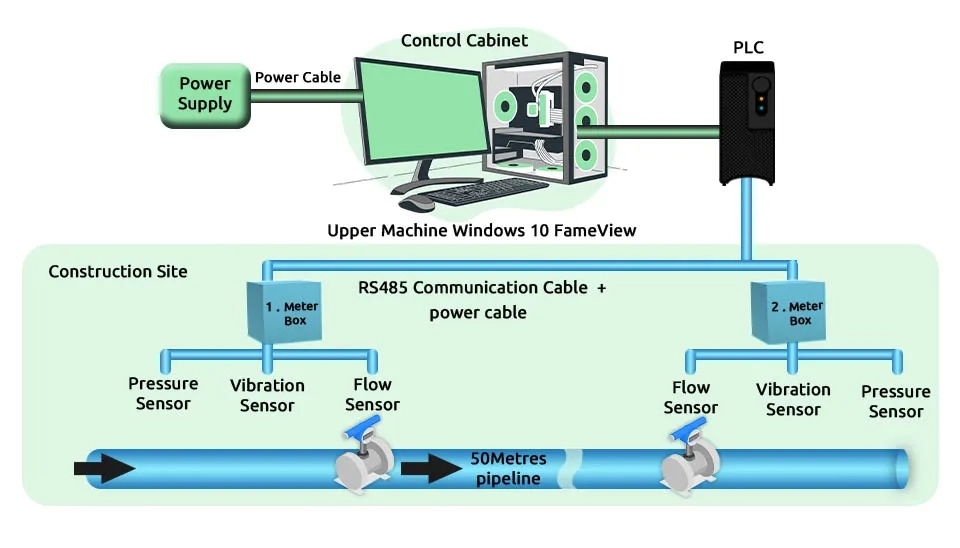
Furthermore, machine learning models excel in accurately locaizing leaks by analyzing flow and pressure variations using EPANET-simulated data. Supervised machine learning models particularly artificial neural networks, logistic regression, and random forest can utilize hydraulic zoning and sensor data to segment the network and enhance detection accuracy. However, unsupervised methods struggled due to overlapping data clusters, which underscore the importance of tailored model selection (Mashhadi et al., 2021).
3. Ground Penetrating Radar with AI
Artificial intelligence, particularly machine learning and deep learning, has been used in enhancing Ground Penetrating Radar technology for leak detection in water pipelines. Traditional Ground Penetrating Radar image interpretation relies on expert knowledge, which can be inefficient. AI-driven approaches address these limitations by automating and improving leak detection accuracy. For instance, unsupervised machine learning methods like density-based spatial clustering of applications with noise (DBSCAN) analyze Ground Penetrating Radar data attributes, such as velocity and energy, to distinguish wet areas caused by leaks and achieve high accuracy without labeled data (Yu et al., 2024). Deep learning models like YOLOv5 effectively identify and classify leaking and non-leaking pipes, and conditional GANs (cGANs) reveal material degradation in pipelines, which enhances defect severity assessment (Ayala-Cabrera and Izquierdo, 2021).
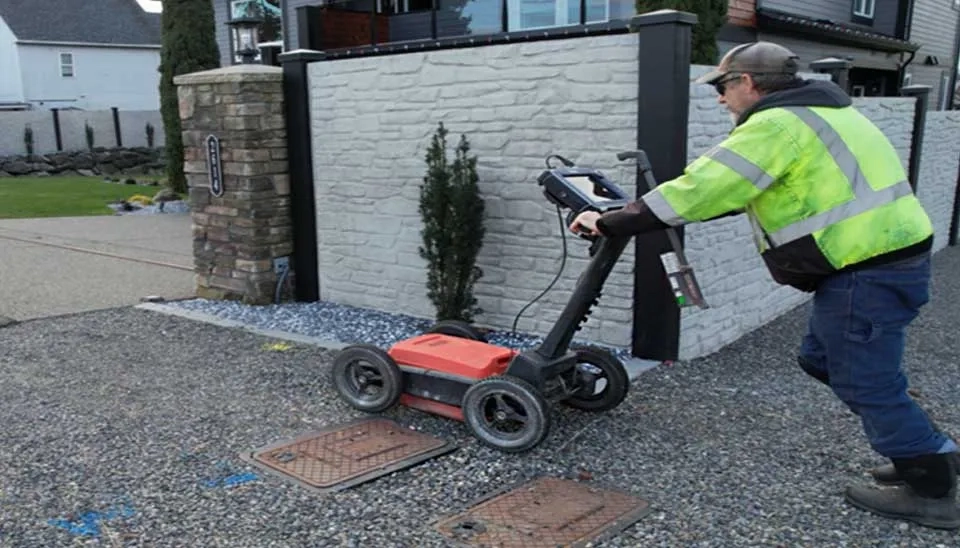
Furthermore, preprocessing techniques such as multi-agent algorithms, paired with machine learning classifiers, refine Ground Penetrating Radar images for improved interpretability and enable smarter tools for water distribution systems (Islam and Ayala-Cabrera, 2024). Perceptron neural networks and advanced feature extraction algorithms further enhance clustering and classification and improve Ground Penetrating Radar image analysis under diverse conditions. These AI advancements transform Ground Penetrating Radar from a manual diagnostic tool into an intelligent and automated system for efficient leak detection (Nahas and David Ayala-Cabrera, 2023).
4. Thermal Imaging and Infrared Thermography with AI
AI-driven thermal imaging and infrared thermography offer innovative approaches for water leak detection, which combine the precision of advanced imaging techniques with machine learning and deep learning models. These methods and solutions leverage temperature differences and thermal anomalies associated with leaks to identify and locate underground pipeline issues efficiently. Temperature anomalies at leakage sites can be extracted using grayscale threshold segmentation and fractal features analysis by using the differences in specific heat capacities (Pan et al., 2020). Hybrid machine-learning models can be developed for thermal imaging and thermal anomaly detection. These models lead to leak detection with a remarkable 95.2% accuracy for leaks up to 750 mm underground. Moreover, 1D-CNN models lead to precise leak localization and enhance detection capabilities by incorporating binaural audio analysis (Islam et al., 2024).
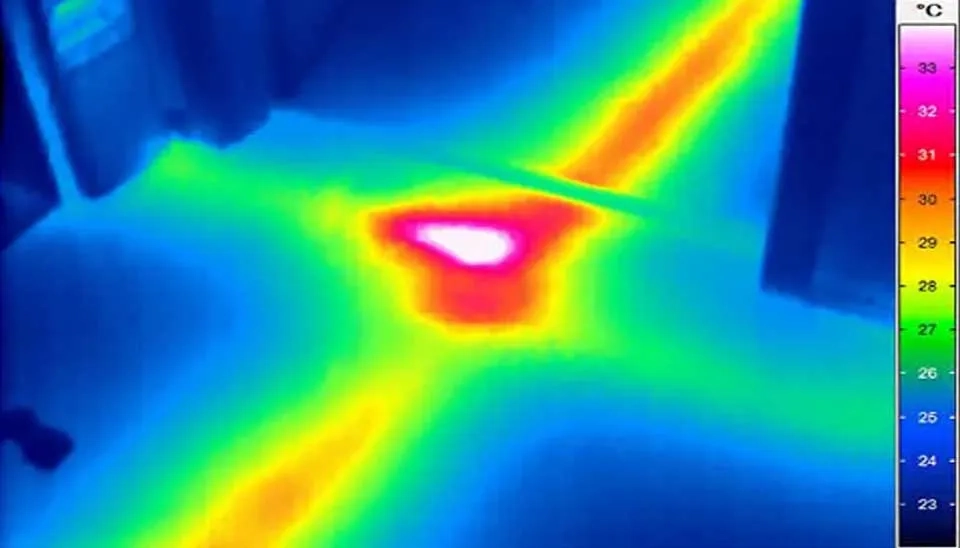
Massaro et al. (2021) proposed a comprehensive framework by using thermal imaging and infrared thermography and enhancing by Convolutional Neural Networks (CNNs) and Long Short-Term Memory (LSTM) models for real-time leak monitoring and detection. Convolutional Neural Networks analyze thermograms to detect water leakage and Long Short-Term Memory models predict leak propagation trends. Advanced image filtering algorithms refine leak visualizations and offer robust solutions for water, oil, and gas leakage detection (Massaro et al., 2021).
5. Smart Meters and IoT-based Sensors with AI
IoT has the potential to address water scarcity issues through efficient leak detection in water storage and distribution systems. IoT-enabled automation systems can be used for task water level monitoring and pump control and provide feedback to users (Jan et al., 2022). The integration of smart meters and IoT-based sensors with AI offers real-time, efficient, and accurate solutions for water pipeline leak detection. Utilizing IoT and AI for urban water supply networks leads to low-cost sensors for remote pressure monitoring and creates a data center platform for real-time data organization and control. Optimization algorithms like ALO and PSO lead to more accurate leak detection and provide a robust framework for intelligent water supply monitoring (Li and Chen, 2023). Furthermore, lightweight deep learning models, such as a one-dimensional convolutional neural network can reduce computation needs, enable efficient IoT development, and achieve a 97% leak detection accuracy. Detected leaks are then transmitted using the LoRaWAN protocol to a gateway and then to a server for further processing (Boujelben et al., 2023). These studies demonstrate how smart and IoT-based sensors, enhanced with artificial intelligence, can improve the efficiency, accuracy, and sustainability of urban leak detection.
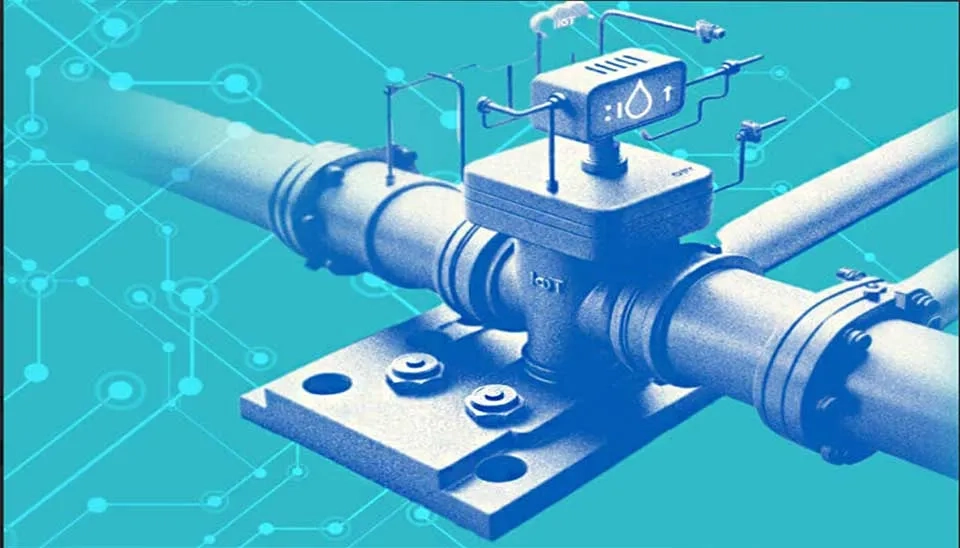
6. Conclusion
AI-driven solutions are revolutionizing leak detection in municipal water systems and offering precision, efficiency, and reliability compared to traditional methods. Acoustic leak detection methods can integrate with advanced AI algorithms like machine learning and deep learning to achieve remarkable accuracy in detecting water leaks in municipal distribution systems and addressing challenges such as data scarcity and operator dependency. Techniques leveraging vibration signals, hydrophones, and noise loggers further enhance detection capabilities, using AI-powered models like CNNs, Random Forest, and XGBoost and achieve exceptional performance in water distribution system applications. Additionally, innovations in fiber optic sensors, flow and pressure monitoring, and thermal imaging integrated with AI provide robust tools for localizing leaks, assessing pipeline integrity, and significantly reducing water loss and operational costs. Ground Penetrating Radar combined with AI automates image analysis, enhances the detection of underground leaks. These advancements show AI’s potential role in reducing non-revenue water losses and optimizing municipal water management. The integration of AI into diverse sensor systems and detection methods empowers utilities to manage resources more sustainably and ensures resilient and efficient water distribution networks.
